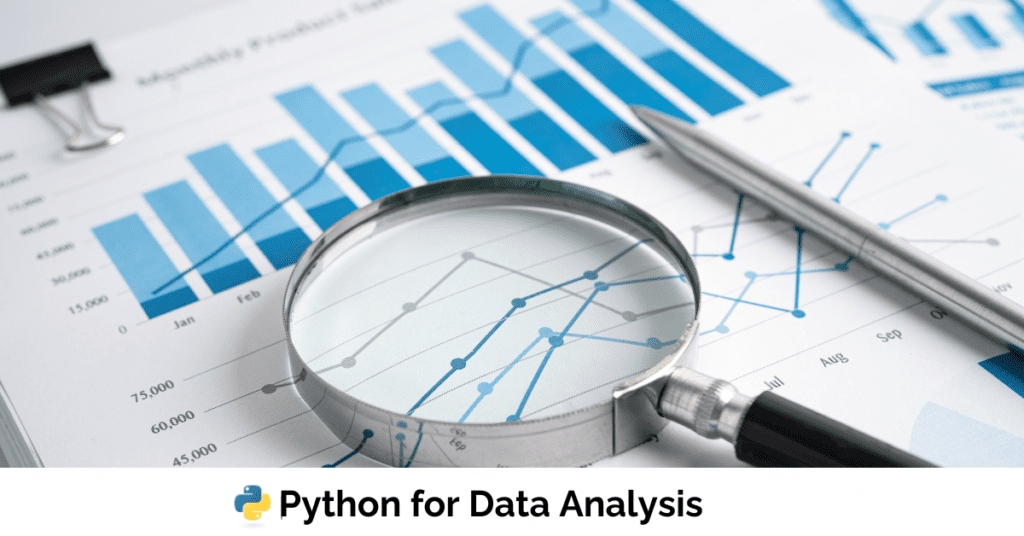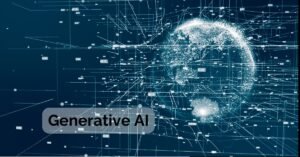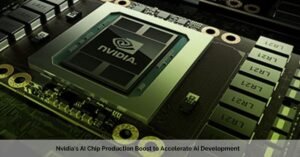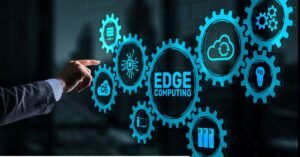
May 6, 2024

In today’s data-driven world, the ability to extract meaningful insights from information is paramount. Python, a versatile and beginner-friendly programming language, has become a powerhouse for data analysis thanks to its extensive ecosystem of powerful libraries. This tutorial will guide you through the essentials of using Python for data analysis, equipping you with the skills to unlock the secrets hidden within your data.
Data analysis is the process of taking raw data and turning it into something useful. This can involve a number of steps, including:
The ultimate goal of data analysis is to extract knowledge from data that can be used to make better decisions. Data analysis is used in a wide variety of fields, from business and marketing to science and healthcare.
Data Analysis is a crucial component of various fields, including:
Python boasts a rich collection of libraries that streamline data analysis workflows. Here’s an overview of the core ones:
pip package manager (included with Python installations).pd.read_csv().By mastering Python and its data analysis libraries, you unlock a powerful skill set for extracting knowledge from data. This journey starts with a solid foundation in the core concepts and progresses towards advanced techniques tailored to your specific goals.








@2023-2024-All Rights Reserved-JustAiTrends.com